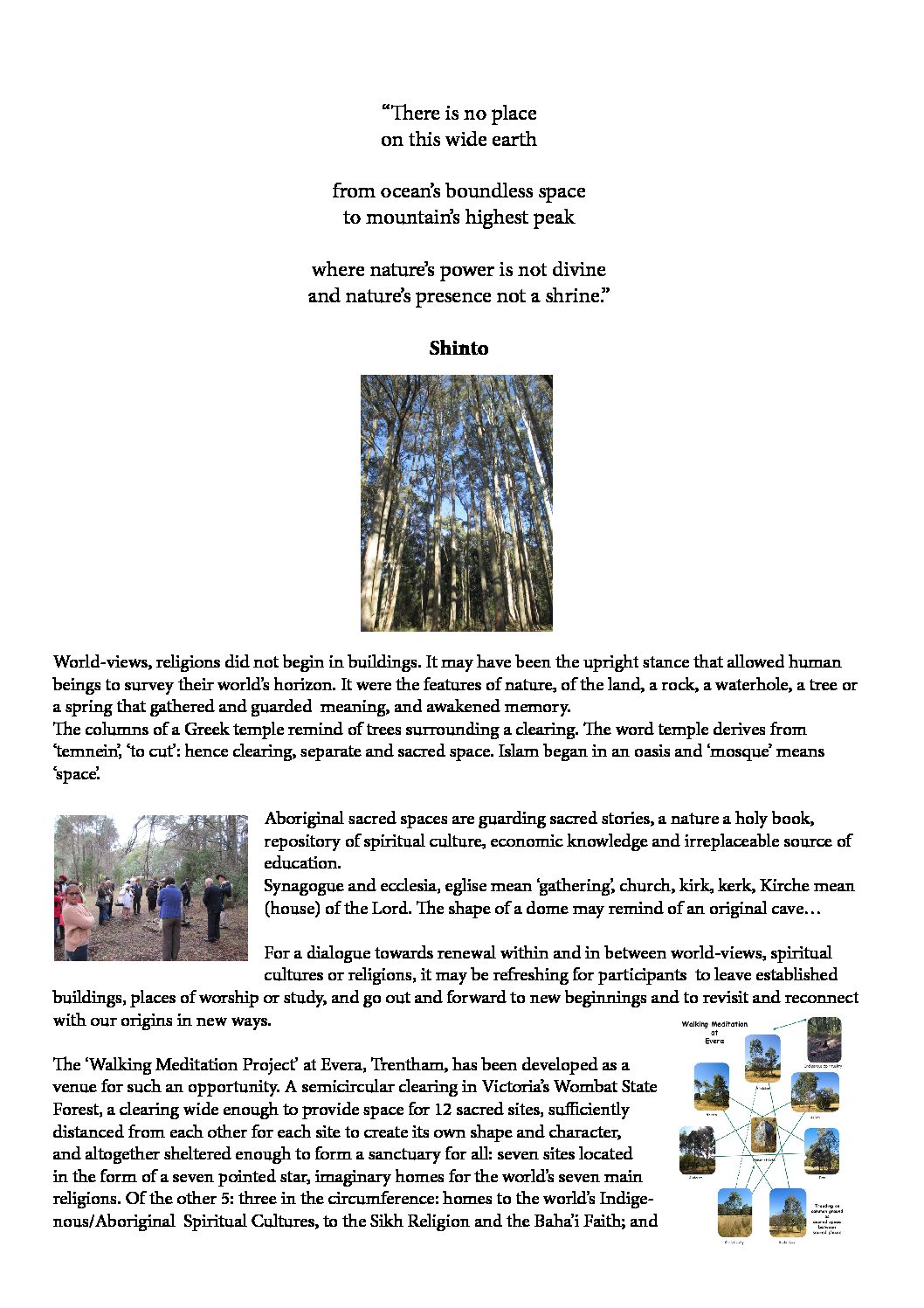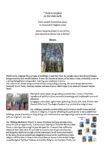
World Interfaith Harmony Week Panel Discussion – Report
Miguel Moratinos of the U.N. Alliance of Civilizations: We need to take a step forward:
build societies – create narratives – train and educate – involve women and youth.
Pointers to the direction in which to go…
- Message of Amman 2004 – A Common Word 2007 – Declaration of Marrakesh 2016 – Action Plan. Heads of State facilitating Muslim Scholarship to clarify the true nature of Islam in the context of our time and in dialogue with scholars and leaders of other faith communities worldwide… Jordan: ‘a model that belongs to the world’:
52 weeks of interfaith harmony. If religion is not the solution it should at least be part of the solution. (Father Nabil Harrad).
Nation-State power used to facilitate rather than legislate. The King of Jordan first and then the King of Morocco. - Brotherhood of humanity – justice – to be restored/established in all areas of life – economically – politically – socially (Sheikh Muhammad Al Khalayleh, Grand Mufti of Jordan); an integrating system, no sphere to be omitted (William Wendley, General Secretary of ‘Religion for peace’, Moderator).
Where the conflicts and problems are systemic, the dialogue should become systemic, too. This means dialogue with disciplines, like economy, sociology, medicine which could do with a strong demand for new or neglected old approaches to correct the systemic dysfunction of their theories… - Contextual Theology: interpretations of religious traditions and scriptures within the contexts in which they arose, historically, geographically, culturally etc.: no imposition of interpretations from the outside…(Dr Mohammed El-Sannoussi) .
- Bring the dialogue down into the field: American Muslims Network: no faith community can do it on its own: cooperation, inclusion, especially of women and youth. The network has become a counsel/council for UN Agencies re interfaith matter. Dialogue on the battle field, Central African Republic; Thailand’s deep South (Dr M. El-Sannoussi). No religion is an island: since the 30 Years War (1618-1648) the religion of the head of state determined/dictated the religion of his/her subjects: persecution of other religions. Hence the rise of diplomacy as a means of resolving conflicts. Now it’s time for a dialogue between interfaith and united nations agencies. Example: Jim Kim of the World Bank asking input from religions to decide which projects to fund. (Rabbi Burton L.Visotsky). A ’subtle complementarity’ (William Wendley).
- Three principles: Love of God – Love of the neighbour – Love of Good Will.
Compassion in action: Buddhist care for refugees in Jordan, from hands-on involvement to assisting refugees in helping fellow refugees to engaging medical teams and oriental modalities, e.g. acupuncture. Interfaith communication. Solidarity towards a disaster-free society (Miss Debbi Boudreaux).

